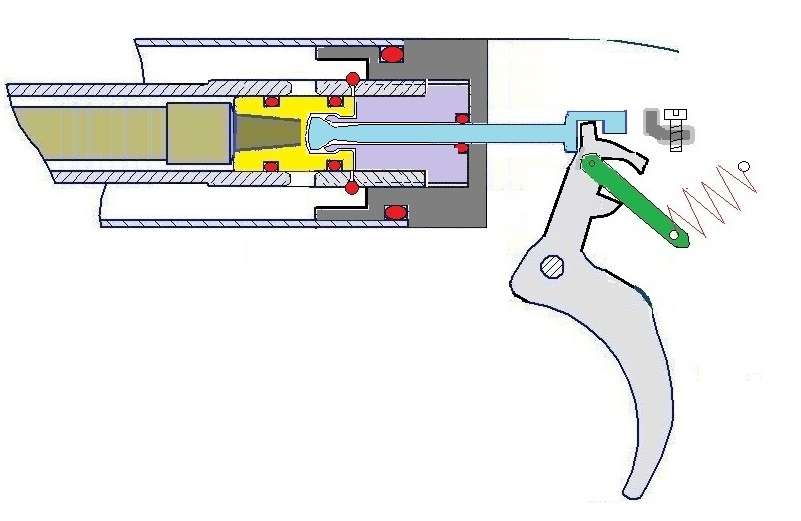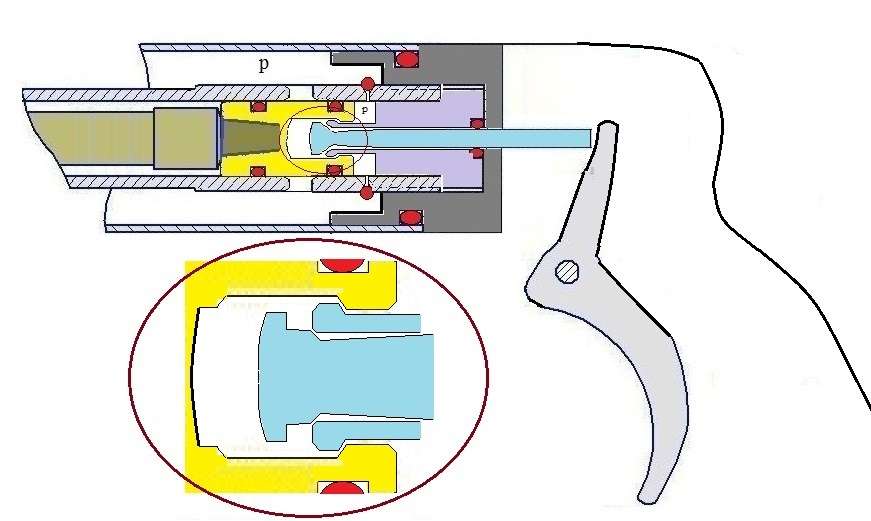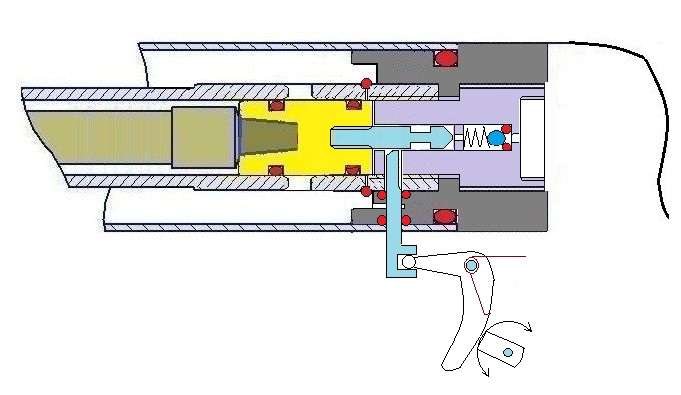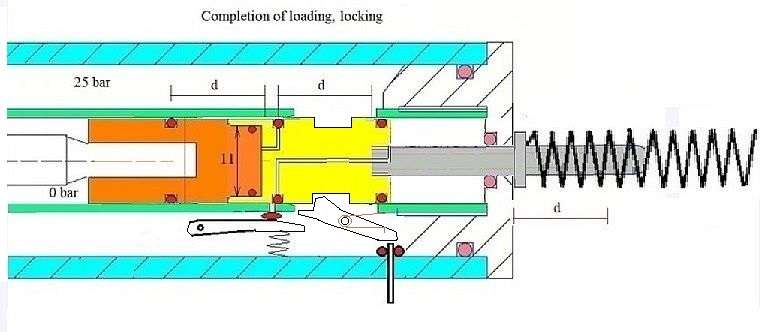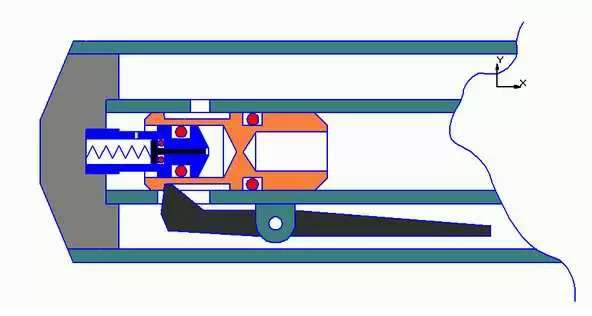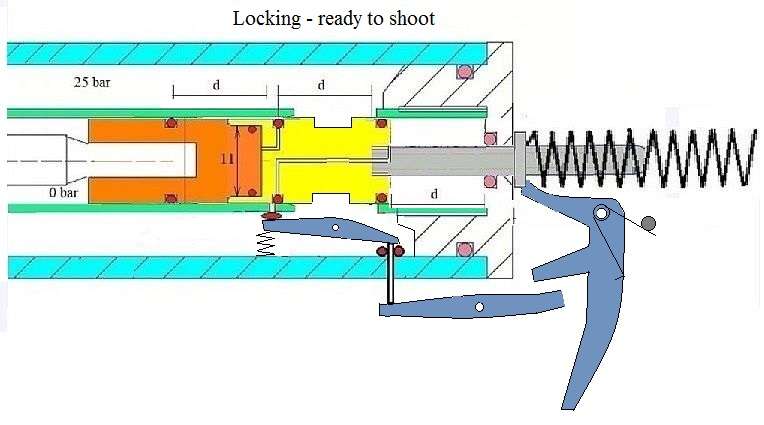Guest viewing is limited
- You have a limited number of page views remaining
- 1 guest views remaining
- Register now to remove this limitation
-
Welcome to the DeeperBlue.com Forums, the largest online community dedicated to Freediving, Scuba Diving and Spearfishing. To gain full access to the DeeperBlue.com Forums you must register for a free account. As a registered member you will be able to:
- Join over 44,280+ fellow diving enthusiasts from around the world on this forum
- Participate in and browse from over 516,210+ posts.
- Communicate privately with other divers from around the world.
- Post your own photos or view from 7,441+ user submitted images.
- All this and much more...
You can gain access to all this absolutely free when you register for an account, so sign up today!
Idea for a pneumatic gun
- Thread startertromic
- Start date
Thread Status: Hello
, There was no answer in this thread for more than 60 days.
It can take a long time to get an up-to-date response or contact with relevant users.
It can take a long time to get an up-to-date response or contact with relevant users.
Still too much potential for unreliability and therefore uncertainty for the user. Like a mortar the projectile could be inserted and come out again almost immediately without pulling any trigger. Although simple, there is no margin for any error in sealing off the inner barrel and again there are flexing parts (purple prongs) that may wear or break off as we saw in an earlier version. A gun could be made and would probably work for a while, but how could you trust it? I guess that you cannot really trust any speargun, but some are more certain than others as there is a locking action that has to be mechanically reversed to shoot the gun. There will always be a rebound action in valve operated guns, but the shaft stops as a valve closes. In this gun that closing valve is the "O" ring on the exterior of the inner barrel which may not operate consistently in keeping pressurized air from flowing back in behind the piston and pushing it forwards in the gun, despite the purple prongs trying to hold it.
Thanks Pete for your answer! That is what I was expecting from you! Probably it would not work well (or maybe would?) but this is quite different design idea of what I've ever seen before. To know the answer I would need to make it, but I probably will not. What I do not like is the spring presence outside the gun! Also pretty unreliable locking, even in case it would work well.
Regarding: "... but now air cannot get between them when you pull the trigger..." I think air need to come just between 13 mm O-rings, one on piston side, other the adjacent on valve side. That force is higher then on 11 mm O-ring creating vacuum.
It was certainly an interesting idea, I have illustrated the sequence to show the precise movements required of the orange piston/yellow valve assembly.
Last edited:
Yes Pete, this is locking ready state. After removing hand from the shaft, piston will slightly separate from the valve (yellow part), for few mms, due to residual air captured between piston and valve on high pressure.
Thanks for drawing!
This would be solution without spring. Also could be used as line release. Just idea, of course.
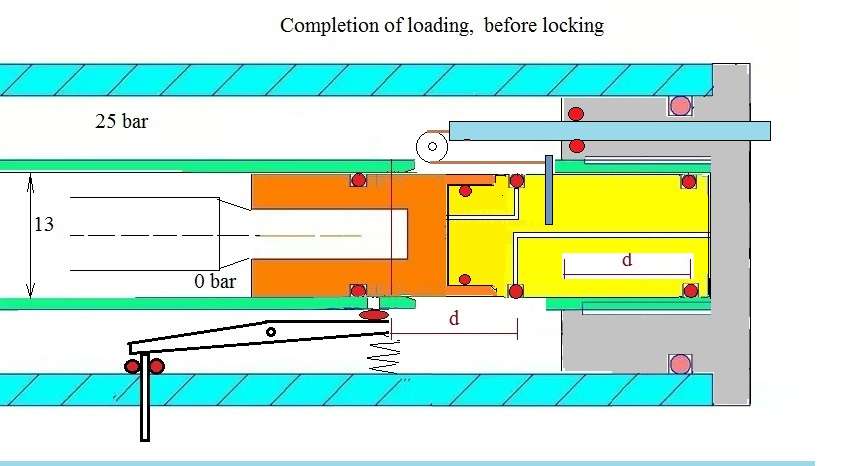
Thanks for drawing!
This would be solution without spring. Also could be used as line release. Just idea, of course.

Last edited:
Pulling the trigger has to move the shaft as well as the piston, so that may be a problem if the gun has a long shaft which will add more weight to what has to be moved. In the earlier annular valve version the piston left a gap between itself and the annular valve as the trapped air expanded, the annular valve being relatively light in terms of its mass.
I think the original version of this design was simpler, the trigger transmission pin and rocking lever are going to be easier to engineer with a support structure around the rear of the inner barrel, just in front of the main barrel opening that the yellow valve plugs, which can hold the required pivot pin for that rocking lever. The spring at the rear is similar in function to the one in the "Aquatech", so you only need to remove it when pumping the gun up, or pull it back so that the inner barrel fills with air with the yellow valve held open. Once the pressure inside the gun builds up the spring can be released as the compressed air pressure will hold the yellow valve back. The strength of this spring needs to be calculated so that it drives everything forwards after the orange piston/yellow valve assembly hits the rear bulkhead (when you tentatively remove your loading effort on the loading bar), but not so strong that it opposes the yellow valve opening too much during the shot. In an "Aquatech" the rear spring also opposes the trigger (firing/releasing) valve opening during the shot, but its strength is a good compromise for the two jobs that it has to do, cycling the valve back and forth and acting as a shock absorber when the valve heads rearwards in the gun after you pull the trigger.
Attachments
Last edited:
This gun seems to use the same idea http://www.garpun.spb.ru/forum/viewtopic.php?t=1081, but the piston is also the tubular valve and air is squeezed from behind the piston at the rear of the barrel into the reservoir space which is what was formerly the wet trigger mechanism region of an RPS-3 speargun. Equipped with a sliding barrel piston all the interior of the gun is now air-filled and connected to the main reservoir bar the rearmost section with the long sliding rod and actual mechanical trigger that always floods. When you pull that trigger it opens an axial valve located directly behind the rear of the inner barrel, that air blows the piston forwards which causes it to pass larger radial ports that allow a greater air flow to then take over and now move the piston more powerfully during the shot. So instead of mechanically pushing the annular valve, which is now also the piston, this version blows it forwards with released compressed air from behind it. The axial valve opened by pulling the trigger takes care of the parasitic air problem by the air pressure directly behind the piston opening it to move its valve stem rearwards during loading, that valve stem being mechanically drawn back to open it for the shot by the now converted trigger linkage system using the long sliding rod. So this is also a pilot valve system, if I have figured it out correctly. Very ingenious, but I wonder how long before the radially-disposed air flow port holes chew out the rear "O" ring on the piston, unless the rear of the inner barrel is slightly counter-bored internally as we discussed before to eliminate the edges from these "side windows" or port holes.
Usually on a valve-operated gun when you push the spear in and don't push it all the way down the barrel some of the loading effort is stored even though the piston and spear return again to the muzzle. So loading can be progressive using a number of spear insertion strokes as air from the inner barrel is moved past and is trapped behind the gun's releasing valve which acts as a non-return valve during each spear stroke. On these "balanced valve" guns unless you push the spear all the way the piston and spear will come back to the muzzle with nothing stored as the balanced/annular valve is not a non-return valve. So you have the same "all or nothing" loading action of a mechanical catch gun, but without the security of a catch or physical blocking action. Of course mechanical catch guns can have a non-return valve if they have a partitioned air reservoir to trap some of the air passed through that valve with an incomplete loading stroke of the piston and spear.
So these "new" valve guns don't have the advantages of a reversible valve action gun (Dynamic, Continent, Alpha C1, Aquatech, etc.) and everything relies on gun pressure being confined to an exposed cylinder situated between two adjacent "O" rings with ambient pressure acting on both ends of the valve body before the shot, hence the "balanced" condition. My thoughts are that is why such guns have been avoided in the past, at least by mainstream manufacturers.
A mechanical catch is very simple and reliable, especially when installed in an oil lubricated environment.
So these "new" valve guns don't have the advantages of a reversible valve action gun (Dynamic, Continent, Alpha C1, Aquatech, etc.) and everything relies on gun pressure being confined to an exposed cylinder situated between two adjacent "O" rings with ambient pressure acting on both ends of the valve body before the shot, hence the "balanced" condition. My thoughts are that is why such guns have been avoided in the past, at least by mainstream manufacturers.
A mechanical catch is very simple and reliable, especially when installed in an oil lubricated environment.
The added lever on your version will stop the yellow valve being pushed right back, which was relied on before to squeeze most of the air out of the rear cavity; whereas the Russian design will allow the piston to push its lever out of the way during loading. As to it being a solution, I have difficulty thinking of what problem it actually solves. When cocked, pressure on its piston is confined to a band or ring the OD of the piston and the ID of the blue part at its maximum diameter, the balance of piston cross-sectional area inside the interior of the piston being at lower pressure as it is closed off (due to a rebound from maximum rearward travel in the barrel causing trapped air inside there to expand to a certain degree) until the piston moves forward to escape the blue plug during the actual shot. The result would be lower loading on the sear tooth when cocked bought at the cost of using extra tiny valve parts and the need for absolute concentricity of the blue part and the bore of the inner barrel, otherwise the piston will not slide over the head of the blue part as it loads. Plus you cannot use a pump connection at the rear of the gun (which this layout would otherwise allow) and the cocked load from the piston will oppose the lever being turned as it applies a torque in the opposite direction to that which you need to push the front tip of the lever up. Not a show-stopper, but something to think about.
The added lever on your version will stop the yellow valve being pushed right back, which was relied on before to squeeze most of the air out of the rear cavity; whereas the Russian design will allow the piston to push its lever out of the way during loading. As to it being a solution, I have difficulty thinking of what problem it actually solves. When cocked, pressure on its piston is confined to a band or ring the OD of the piston and the ID of the blue part at its maximum diameter, the balance of piston cross-sectional area inside the interior of the piston being at lower pressure as it is closed off (due to a rebound from maximum rearward travel in the barrel causing trapped air inside there to expand to a certain degree) until the piston moves forward to escape the blue plug during the actual shot. The result would be lower loading on the sear tooth when cocked bought at the cost of using extra tiny valve parts and the need for absolute concentricity of the blue part and the bore of the inner barrel, otherwise the piston will not slide over the head of the blue part as it loads. Plus you cannot use a pump connection at the rear of the gun (which this layout would otherwise allow) and the cocked load from the piston will oppose the lever being turned as it applies a torque in the opposite direction to that which you need to push the front tip of the lever up. Not a show-stopper, but something to think about.
Yes, this added lever will stop the yellow valve being pushed right back but that would be a problem only when loading for the first time. Normal inicial position of yellow valve is on right side due to vaccum.
You are right about russian design, but it is an interesting idea. Piston can be made to be very light, all in plastic in one piece.
Last edited:



